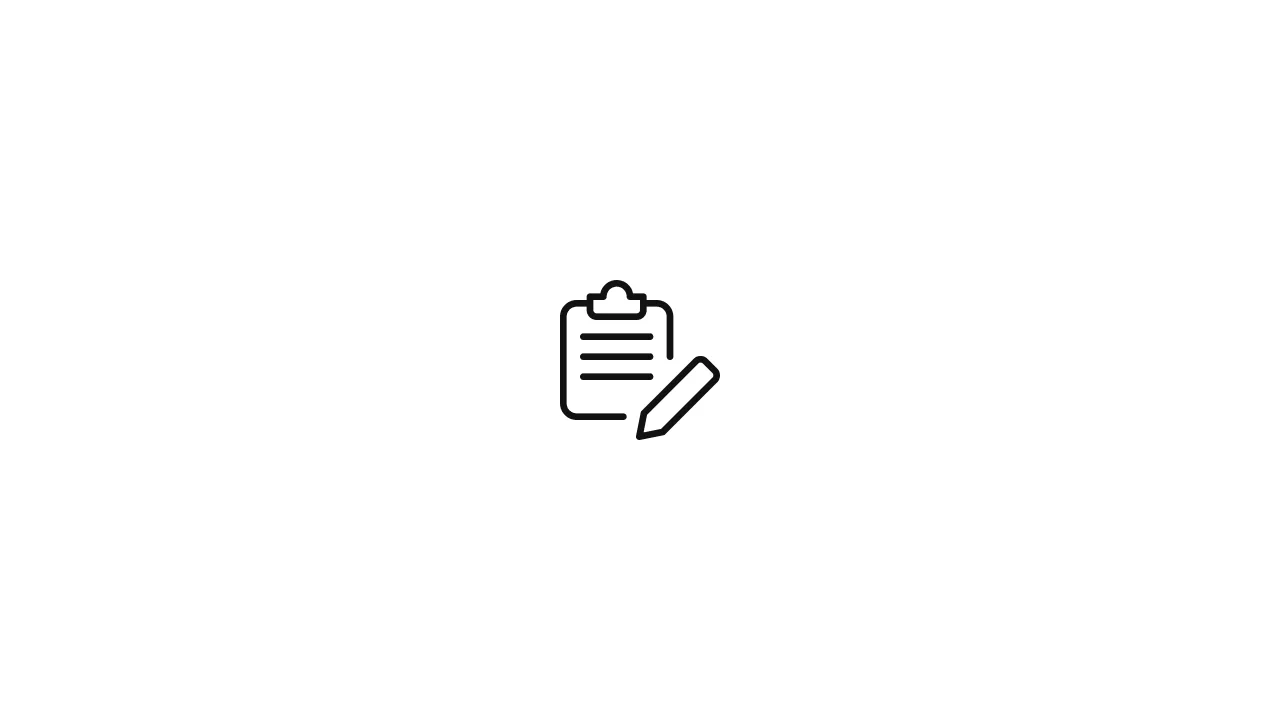Automating Docker image builds and pushing them to the GitHub Container Registry using GitHub Actions can streamline your development and deployment workflow. Below, we'll outline the steps to set up this automation. Prerequisites Set Up GitHub Actions Workflow In the above YAML file, replace your-image-name with the desired name for your Docker image. Commit and …
Automating Docker image builds and pushing them to the GitHub Container Registry using GitHub Actions can streamline your development and deployment workflow. Below, we’ll outline the steps to set up this automation.
Prerequisites
- Ensure you have a GitHub repository set up for your project.
- Have Docker installed on your local development environment.
Set Up GitHub Actions Workflow
- In your GitHub repository, navigate to the “Actions” tab.
- Click on the “Set up a workflow yourself” button to create a new workflow file.
- Replace the content of the generated YAML file with the following code:
name: Build and Push Docker Image
on:
push:
branches:
- main
env:
IMAGE_NAME: your-image-name
jobs:
build-and-push:
runs-on: ubuntu-latest
steps:
- name: Checkout repository
uses: actions/checkout@v2
- name: Set up Docker Buildx
uses: docker/setup-buildx-action@v1
- name: Log in to GitHub Container Registry
uses: docker/login-action@v1
with:
registry: ghcr.io
username: ${{ github.actor }}
password: ${{ secrets.GITHUB_TOKEN }}
- name: Build and Push Docker Image
uses: docker/build-push-action@v2
with:
context: .
push: true
tags: ghcr.io/${{ github.repository }}:${{ github.sha }}
In the above YAML file, replace your-image-name with the desired name for your Docker image.
Commit and Push Changes
- Save the YAML file with a meaningful name, such as
docker-build-push.yml. - Commit the file to your main branch and push the changes to trigger the GitHub Actions workflow.
Workflow Explanation
The configured workflow performs the following steps:
- Checks out the repository.
- Sets up Docker Buildx, which allows for multi-platform builds.
- Logs in to the GitHub Container Registry using the provided GitHub token.
- Builds the Docker image based on the Dockerfile in the repository’s root directory.
- Tags the image with the GitHub repository name and the commit SHA.
- Pushes the image to the GitHub Container Registry.
The workflow is triggered whenever there is a push to the main branch.
Accessing Docker Image
After the workflow successfully completes, you can access the Docker image from the GitHub Container Registry using the following URL format:
ghcr.io/{your-github-username}/{repository-name}:{commit-SHA}
Replace {your-github-username} with your GitHub username and {repository-name} with the name of your GitHub repository. The {commit-SHA} corresponds to the commit SHA that triggered the workflow.
By automating the Docker image build and push process using GitHub Actions, you can ensure a consistent and efficient deployment pipeline for your Docker-based projects.
Specify Dockerfile Location
By default, the GitHub Actions workflow assumes that your Dockerfile is located in the root directory of your repository. If your Dockerfile is in a different directory, you can specify the context and Dockerfile path in the with section of the docker/build-push-action step. For example:
- name: Build and Push Docker Image
uses: docker/build-push-action@v2
with:
context: .
dockerfile: path/to/Dockerfile
push: true
tags: ghcr.io/${{ github.repository }}:${{ github.sha }}
Replace path/to/Dockerfile with the actual path to your Dockerfile.
Build and Push Matrix
If your project requires building and pushing Docker images for different platforms or configurations, you can use a matrix to define multiple builds within the same workflow. Here’s an example of a matrix configuration for building and pushing Docker images for different operating systems:
jobs:
build-and-push:
runs-on: ${{ matrix.os }}
strategy:
matrix:
os: [ubuntu-latest, macos-latest, windows-latest]
steps:
# ...
- name: Build and Push Docker Image
uses: docker/build-push-action@v2
with:
context: .
dockerfile: path/to/Dockerfile
push: true
tags: ghcr.io/${{ github.repository }}:${{ matrix.os }}-${{ github.sha }}
This configuration will create separate build jobs for Ubuntu, macOS, and Windows platforms, each with its own tagged Docker image.
Build Cache
To speed up subsequent builds, you can utilize the Docker layer cache. By default, the cache is automatically enabled in the docker/build-push-action. However, if you need more control over the cache behavior, you can specify cache-related options in the with section. For example:
- name: Build and Push Docker Image
uses: docker/build-push-action@v2
with:
context: .
push: true
tags: ghcr.io/${{ github.repository }}:${{ github.sha }}
cache-from: type=local,src=/tmp/.buildx-cache
cache-to: type=local,dest=/tmp/.buildx-cache
The cache-from option allows you to specify a previously saved cache, while the cache-to option saves the cache for subsequent builds.
Error Handling
It’s important to handle potential errors during the Docker image build and push process. You can add error handling steps or use the continue-on-error option to ensure the workflow continues even if a step fails. This allows you to capture and handle errors gracefully.
- name: Build and Push Docker Image
uses: docker/build-push-action@v2
with:
context: .
push: true
tags: ghcr.io/${{ github.repository }}:${{ github.sha }}
continue-on-error: true
By setting continue-on-error to true, the workflow will proceed even if there are errors during the Docker image build and push step.
These additional steps and configurations can help you tailor the Docker image build and push automation to your specific project requirements. Feel free to customize and expand upon them as needed to optimize your workflow.





